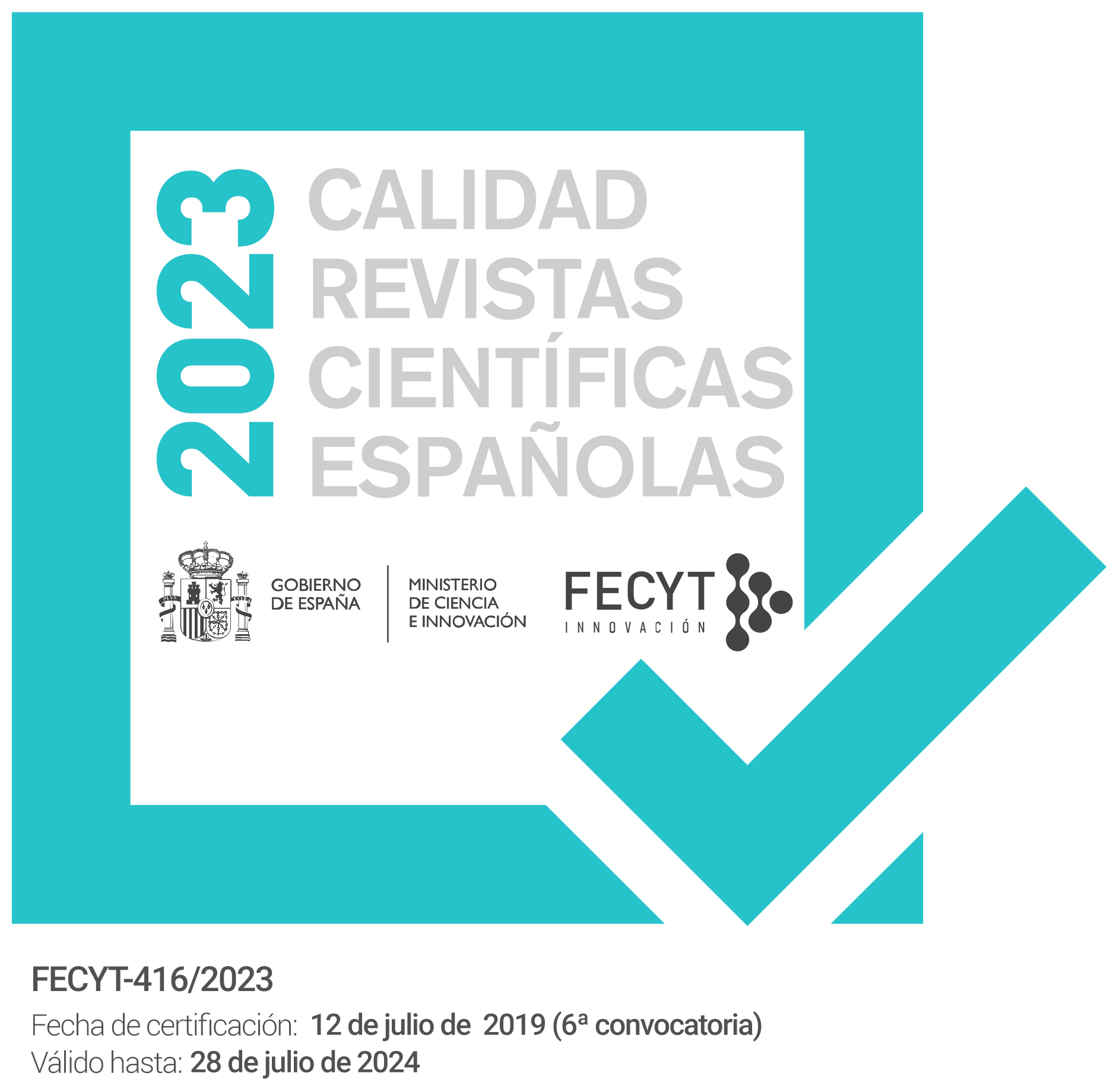Aristocracia y poder económico en la España del siglo XX
Keywords:
España, siglo XX, nobleza, elites, fuentes de riqueza, Spain, XX century, nobility, sources of wealthAbstract
Durante el reinado de Alfonso XIII, la nobleza tuvo la oportunidad de reconstruir su poder económico mediante la modernización de sus fuentes de riqueza. Para ello fue necesario que las Casas nobiliarias se adaptaran tanto a una racionalización del gasto suntuario como a una adecuada política de inversiones en el tradicional sector agropecuario, la bolsa y la industria. Gracias a esta diversificación de sus rentas, la nobleza pudo resistir la crisis de 1929 pero no la política reformadora de la Segunda República. La Guerra Civil supuso el final de su hegemonía social —como referente elitista— y de su poder económico, situación que se agravó en la inmediata posguerra. Durante el régimen franquista comenzó un lento proceso de asimilación y disolución de los linajes nobiliarios en las nuevas elites sociales.
During the reign of Alfonso XIII, the nobility had the opportunity of reconstructing his economic power by means of the modernization of his sources of wealth. For it was necessary that those nobiliary Houses adapted a so much a rationalization of the sumptuary expense as a political of the appropriate one of the investments in the agriculture, cattle raising, bag and the industry. To it causes of this diversifications of the rents, the nobility could resist the crisis of 1929 on the contrary that the politics of the Second Republic. The Spanish Civil War supposed the final of his social hegemony —as elitist relating— and his economic power, situation that was increased in the immediate postwar period. During the goverment of Franco began a slow process of assimilation and breakup of the nobiliary lineages in the new social elites.
Downloads
Downloads
Issue
Section
License
The articles are open access distributed under the terms of the Creative Commons Attribution-NonCommercial-NoDerivatives (CC BY-NC-ND) Spain 4.0 license. Authors who publish in this journal agree with the following terms:
a) Authors retain the copyright and guarantee the journal the right to be the first publication of the work as well as licensed under a Creative Commons Attribution License that allows others to share the work with a recognition of the authorship of the work and the Initial publication in this magazine.
b) Authors may separately establish additional agreements for the non-exclusive distribution of the version of the work published in the journal (for example, place it in an institutional repository or publish it in a book), with recognition of its initial publication in this magazine.
c) Authors are allowed and encouraged to disseminate their work electronically (for example, in institutional repositories or on their own website) before and during the submission process, as it may result in productive exchanges, as well as a earliest and largest citation of published works (See The Effect of Open Access).



